In building my intuition about how analog circuits relate to the s-plane, I am wondering why a pole emerges from a capacitor to ground, for example in a simple lowpass filter consisting of only a resistor followed by a capacitor to ground.
I have done the math and it's pretty clear that a pole emerges, but I am struggling with any intuition that leads there. Since we effectively "shunt high frequencies away", I intuitively expect the capacitor to cause a zero for those high frequencies, not a pole.
I think I actually understand this in the z-plane instead of the s-plane, where the z transform relates to difference equations. There, the poles relate to what is fed back from the output to the input, which intuitively means that there can be some complex exponential where the signal is amplified to infinity.
But in a simple analog lowpass filter, there is no feedback at all, or at least no feedback that I can readily identify. Am I wrong in that point, or is there another reason for the emergence of the pole instead of a zero even without opamp or other active element?
EDIT: There seems to be some confusion about what my question was about. The thing is, I do understand what zeroes and a poles in the s-plane are, and how they influence the frequency magnitude/bode plot. What I was lacking was the same intuition about how the poles and zeroes in the plane emerge that I got from the z-plane, where it was easier for me to accept why a feedback path would cause a pole, and a feedforward path would cause a zero. I was not seeing the same for electronic components because I was not taking the current's feedback action into account.
